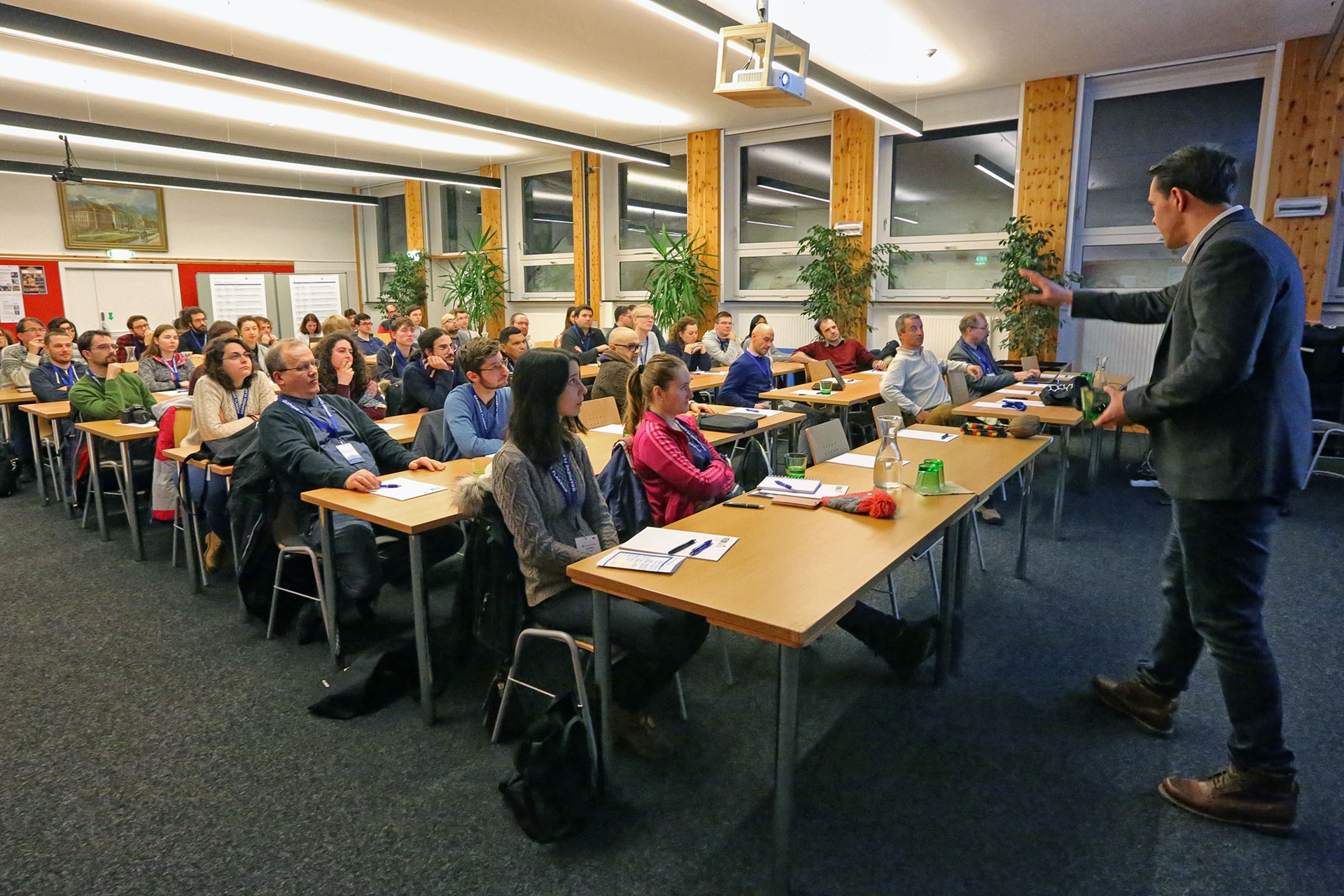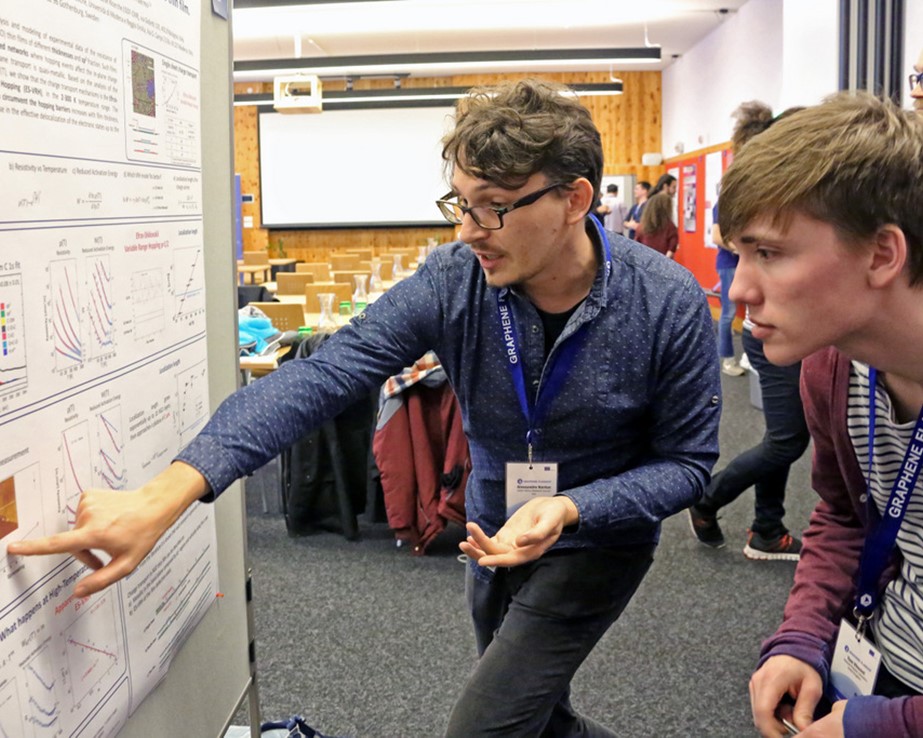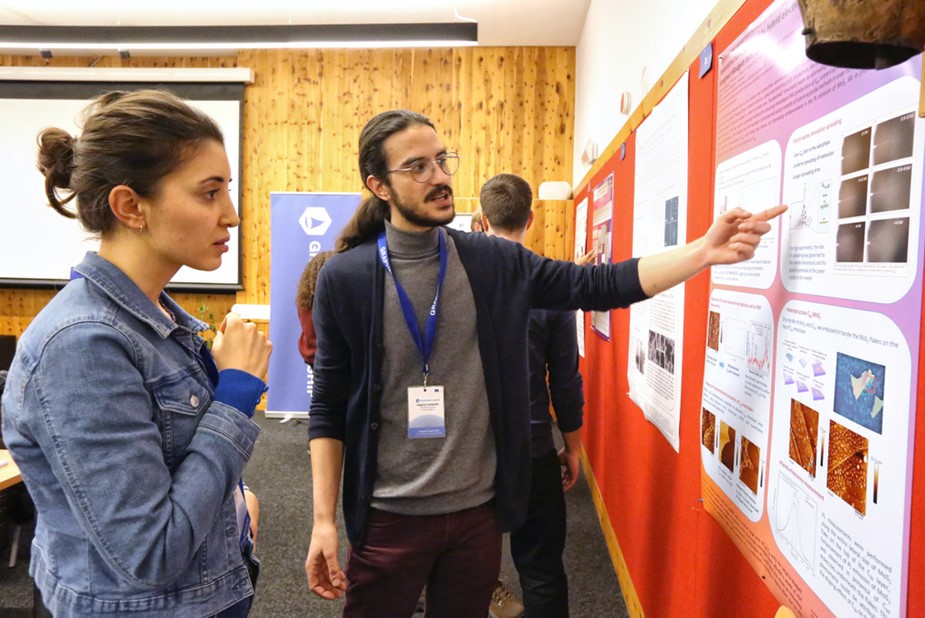Graphene Study Winter 2018
Graphene Study Winter 2018
The topic of Graphene Study 2018, winter edition, was Structural characterisation of graphene-based materials. The event provided delegates with a strategic overview of the most common techniques and methodologies available to determine the nature, composition and behaviour of 2D nanomaterials, thin films and nanostructured composites. Attendees learned how different techniques can be used to probe into the internal structure and properties of a 2D material or composite.
Chair & Co-chair
Lecturers
- Raul Arenal, University of Zaragoza
- Artur Ciesielski, University of Strasbourg
- Vladimir Falko, The University of Manchester
- Ulrike Felt, University of Vienna
- Costas Galiotis, Foundation for Research and Technology Hellas
- Gareth Hughes, University of Oxford
- Demie Kepaptsoglou, SuperSTEM
- Jari Kinaret, Director of the Graphene Flagship
- Ian Kinloch, The University of Manchester
- Andrea Liscio, Consiglio Nazionale delle Ricerche
- Silvia Milana, Nature Research
- Vittorio Morandi, Consiglio Nazionale delle Ricerche
- Hannah Nerl, Trinity College Dublin, Imperial College London
- José Ignacio Pascual, CIC Nanogune
- Quentin Ramasse, SuperSTEM
- Giancarlo Soavi, University of Cambridge
- Felice Torrisi, University of Cambridge
- Alex Yeu Lin, University of Cambridge
Scope
Graphene production is now becoming a mature technology, with several graphene-based products already on the market, and with different production techniques routinely used, yielding materials with different properties and cost/performance.
With the proliferation of graphene producers, it has become more and more important to use reliable techniques for the characterization and comparison of different types of graphene products.
At the same time, a wide range of other 2D materials are being intensively researched at fundamental levels. The characterization of such materials also poses fundamental challenges, requiring characterization approaches which shall be different from the ones routinely used for graphene.
For these reasons, it is important for researchers of academia and industry alike to know the potentialities and limitations of the many different techniques available to characterize 2D materials.
This Graphene Study week thus provided a strategic overview of the most common techniques and methodologies available to determine the nature, composition and behaviour of 2D nanomaterials, thin films and nanostructured composites.
Graphene Study Gallery






